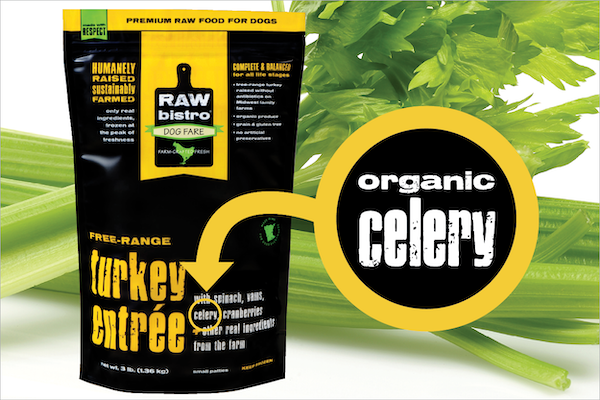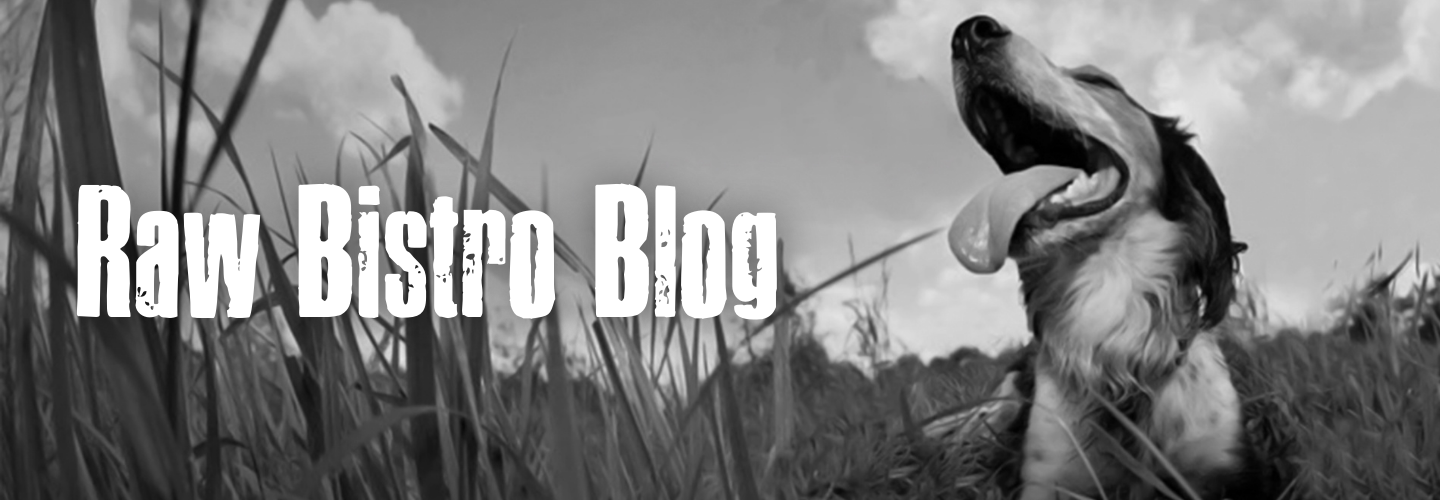
Have you ever found yourself sitting at your table with celery in hand, wondering if your pup could benefit from a bite or two?
Some fruits and vegetables can make for tasty treats for both you and your dog, including celery. Read on to find out more about the benefits and precautions of feeding this veggie.
Can Dogs Eat Celery?
Yes, your dog can eat celery. Celery contains nutrients which can be a healthy addition to supplement your dog’s diet.
Just like any food you would incorporate into your own diet, celery can be good for dogs in moderation. Your dog’s size should always be taken into account when deciding how much celery they can safely enjoy. This pup-friendly vegetable can pack a punch with vital nutrients, though it should not be used fully as a meal replacement.
Many veterinarians recommend pup-owners to incorporate celery into their dog’s diet as an occasional treat if they are overweight or prone to obesity. It’s got a paw of approval in crunchiness, and since it’s 95% water, it can be incredibly satisfying for your pup to munch on during a warm summer day.
Celery Nutrition Facts
Below is the nutrition information for 1 cup raw, chopped celery (about 101 grams) according to the USDA:
- 14 Calories
- 0.7 grams protein
- 0.2 grams fat
- 3 grams carbohydrates
- 1.62 grams dietary fiber
- 453 IU Vitamin A
- 263 mg Potassium
- 29.6 mcg Vitamin K
- 40.4 mg Calcium
- 11.1 mg Magnesium
Benefits of Feeding Celery
In small quantities, celery can provide some health benefits for your pup and can also stand in as a pawsome treat. The key here is understanding what the benefits are and when feeding your pup this green veggie becomes “too much”.
Celery contains many essential nutrients - vitamin A being one of the most prominent. Vitamin A promotes healthy skin and a healthy coat for your furry friend, ensuring that they always look their best.
Fiber is another key nutrient found in celery, which helps ensure that your dog’s digestive system is functioning as it should. Please note that fiber can be hard on your dog’s digestive system if eaten too frequently. One way to tell if your dog is getting too much fiber is if they experience more gas than usual.
Celery can also potentially help dogs that are experiencing arthritis. How? Celery is well-known for its anti-inflammatory properties, which can help decrease the inflammation around your pup’s joints. This makes mobility much easier for your furry friend.
Because it’s so nutritionally-dense, it can be one of the best vegetables to add to your pup’s diet when given in moderation. Other nutrients found in celery are thiamin, riboflavin, niacin, B5, vitamin C and vitamin K - making it a powerhouse in the green-vegetable category.
Just make sure that you’re feeding celery alongside a healthy source of protein. Our free-range dehydrated turkey entree is an example of how to balance feeding your dog organic celery with nutritious protein.
Now that you know that dogs can eat celery, here are some additional benefits of adding this green veggie into your dog’s diet:
- Reduces inflammation
- Supports digestion
- It satisfies a hungry pup
- 95% water content can hydrate your pup
How to Prepare Celery for Dogs
The key to preparing celery for your dog is to introduce it slowly - as you would for any new food. The amount that your pup may be able to tolerate can differ from recommended amounts.
Here are a few useful tips to keep in mind when preparing celery for your dog:
1. Keep it Raw or Try it Cooked
Your pup can eat it either way. If you’re planning on feeding your dog celery, ensure that it’s cut into smaller bite-sized pieces. Keep in mind that cutting them too small may pose a choking risk (especially for smaller dogs). Older dogs may prefer cooked celery to raw - as it can be easier to chew and easier to digest. Play around with ways to serve in order to find your dog’s preferred way to eat their greens.
2. Choose Organic
If possible, buy organic produce. This helps keep pesticides off the vegetables you feed to your pet (and yourself).
3. Always Wash the Veggies
You wouldn’t want to eat dirty vegetables - and neither would your dog. If you buy non-organic, make sure that you’ve washed the celery you plan to feed to your dog, and always be certain that it’s fresh.
4. Skip the Seasoning!
Dogs don’t need any additional seasoning on the veggies in their diet. Certain seasonings can be harmful to your pup, so it’s best to leave it plain.
5. Make It a Special Treat
Do you remember the classic “Ants on a Log” snack from when you were younger? If you’re feeling creative, here’s a pup-friendly recipe your dog will be sure to love!
Pup-Friendly “Ants on a Log” Snack
Ingredients:
- Celery
- Xylitol-free peanut butter
- Dog treats
To prepare, first wash the celery and remove the leaves. Next you’ll add the xylitol-free peanut butter. It is incredibly important to make sure the peanut butter you use does not contain xylitol, as this is toxic when consumed by dogs.
Add your dog treat of choice to the peanut butter, and place in the refrigerator before serving. When you’re ready to serve these to your pup, cut the treats into bite-sized pieces and watch your furry friend enjoy your handy work!
Remember: Always Consult Your Vet
If enjoyed in moderation - like an occasional tasty treat - dogs can safely eat and enjoy celery. Just remember, the high fiber content of celery can be a little hard on your pup’s digestive system if overfed.
The most important thing is to always consult your veterinarian before introducing new foods into your dog’s diet. Even if they may be good for you, that might not always be the case for your four-legged friend.
Who knows - you may have just found your pup’s new favorite snack!

